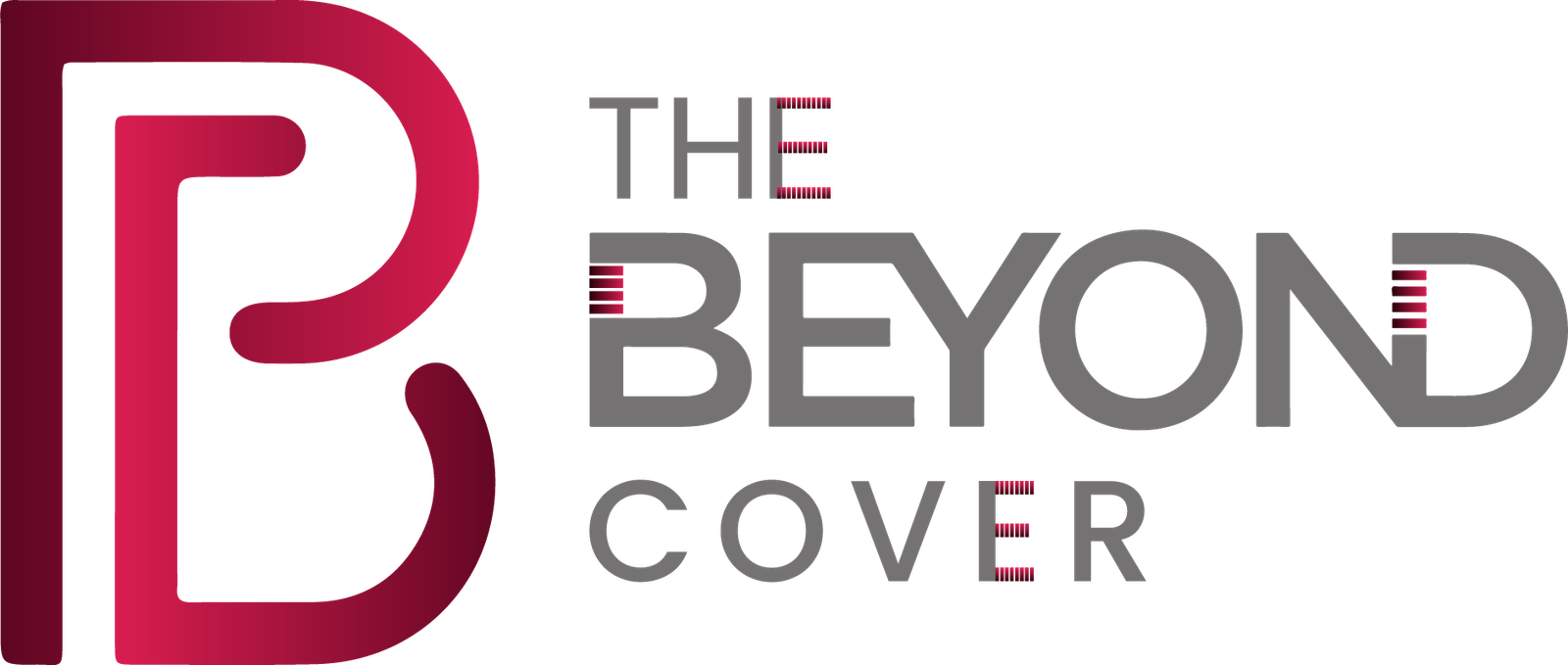In today’s fast-paced digital ecosystem, global brands face increasing pressure to deliver consistent, localized, and secure content experiences across multiple markets. As companies scale their international presence, managing a complex digital estate becomes a significant challenge—one that involves aligning global messaging with regional preferences, language requirements, and cultural nuances in near real time.
Balancing global consistency with local agility and operational efficiency has evolved from a technical consideration into a strategic business priority. Unfortunately, many organizations still struggle with legacy approaches and fragmented content infrastructures that hinder growth and customer engagement.
The Problem with Fragmented Content Management Systems
Global enterprises that rely on multiple, disconnected content management systems (CMSs) often face fragmented workflows that undermine efficiency, consistency, and brand integrity. This scattered approach leads to disjointed digital experiences, longer content deployment timelines, and increased chances of compliance or security lapses.
Industry research shows that nearly half of senior marketers skip localization efforts due to time limitations, while over 75% operate with multiple CMS platforms across departments or regions. These silos result in content inconsistencies, inefficient processes, and higher operational costs.
For brands competing in high-speed global markets, these are more than IT issues—they directly impact customer satisfaction, market responsiveness, and ultimately, revenue. Inconsistent brand messaging and delayed content rollouts reduce engagement and create friction in the customer journey.
Why Centralization Matters for Global Content Strategy
Adopting a centralized content management strategy enables global organizations to unify content creation, management, and distribution under a single platform. This approach ensures brand consistency across markets, aligns messaging with core values, and eliminates redundancies that slow down operations.
A unified CMS empowers marketing and content teams to work more collaboratively and efficiently. With streamlined content distribution pipelines, brands can execute simultaneous global launches, respond faster to market trends, and localize content at scale without compromising quality or governance.
Moreover, a centralized platform shifts the focus from managing infrastructure to creating high-value content. Teams can prioritize strategy and storytelling rather than troubleshooting disconnected systems and redundant processes.
Unlocking Global Scale Through AI and Automation
The integration of automation and artificial intelligence (AI) into centralized content platforms significantly enhances scalability and localization. AI-powered translation tools now support high-quality multilingual content adaptation, reducing manual effort while preserving brand tone and context.
Recent advancements in neural machine translation allow content to be rapidly translated and reviewed by humans—speeding up production cycles and cutting costs. These tools enable brands to expand into new markets faster, with less resource strain.
Additionally, automated content workflows ensure governance compliance by routing content through predefined approval processes based on region-specific guidelines. This reduces administrative overhead while maintaining brand standards and legal adherence.
Such technologies transform localization from a bottleneck into a competitive advantage, enabling brands to deliver personalized, timely experiences across diverse global markets.
The Role of Platform Architecture in Supporting Centralized CMS
The architecture of the content management platform plays a vital role in maintaining both global consistency and local flexibility. Platform-as-a-Service (PaaS) solutions are ideal for multinational enterprises because they offer the customization, control, and scalability needed to meet complex governance and localization requirements.
Unlike many Software-as-a-Service (SaaS) platforms, PaaS models provide transparent audit trails, customizable role-based access controls, and multi-tenant capabilities—allowing global oversight without restricting regional autonomy.
Cloud-native architectures further enhance resilience and performance, delivering reliable content experiences regardless of geographic traffic or user location. Features like dynamic failover, global redundancy, and rapid scalability enable seamless content delivery under any condition.
A robust PaaS CMS not only supports brand integrity and security but also gives regional teams the freedom to tailor content for their specific audiences—resulting in stronger engagement and better business outcomes.
Centralized Content Management: A Strategic Business Imperative
In an increasingly fragmented and competitive global landscape, centralized content management is not just a technological upgrade—it’s a strategic necessity. Brands that embrace a unified CMS approach gain the ability to scale efficiently, reduce operational costs, ensure brand consistency, and adapt content quickly across regions.
More importantly, centralized platforms enable organizations to focus on what matters most: delivering consistent, engaging, and personalized customer experiences across every market.
As global expectations rise and digital transformation accelerates, companies with agile, centralized infrastructures will outperform competitors still relying on outdated, decentralized models. The future of global brand success lies in a content strategy that’s both globally aligned and locally adaptable—and centralization is the foundation that makes it possible.


























